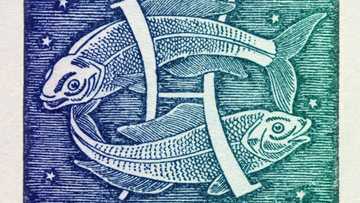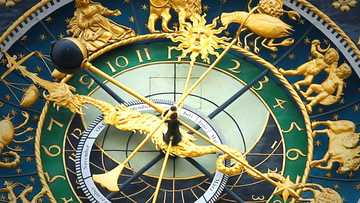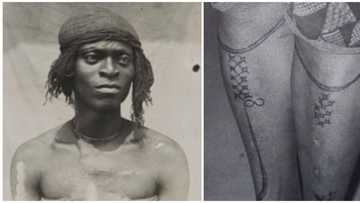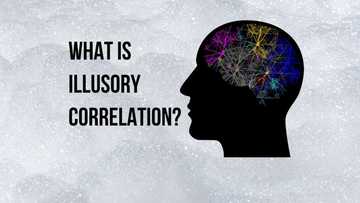Yakuza tattoos: top 15 most famous designs and their meaning
Several decades ago, most communities had tattoos that were classified as religious and cultural taboos. However, the Japanese traditional culture embraced them, and most people had them for various reasons. Yakuza tattoos, as they are called, have their meaning rooted in the symbolism and imagery found in the Japanese religious beliefs, art, and traditions.

Source: Original
Did you know that the full body tattoo is a product of Yakuza culture? It is, and in the past, Japanese inkings were obligatory for everyone in most Yakuza clans. In contemporary times, yakuza tattoos have become less common, but non-Yakuza people are now getting Japanese tattoo designs as well.
Overview of yakuza tattoos
In the Edo period that lasted from 1600 until 1868, tattoos were a form of punishment for criminals. Since the criminals were inked, they would find it difficult to re-integrate into society once they were released from prison.
The Yakuza people were and still are an organized crime syndicate, so they wanted to reclaim their tattoos as a mark of pride. They are families that have sub-groups, federations, and affiliates under them.

Read also
Omokri lists nine courses in Nigerian universities that can't get you jobs in 2025, gives reason
The members have strict codes and rituals that they follow to the letter. They usually deal with underworld activities like gambling, racketeering, drug peddling, and running prostitution rings.
Do all Yakuza have tattoos? In the past, it was mandatory for the clan members to get inked.
Although full body tattoos were common, they believed that the inkings were private, so they committed to full body suits that could not be seen above any collars or cuffs.
Is the Yakuza still active? Yes, the gangsters are still there, albeit in fewer numbers than was the case decades ago.
In recent years, the Japanese government and police have been cracking down heavily on them to deter them from carrying out criminal activities.
The sentences that are handed out by judges once they are caught are harsh. Additionally, the legal loopholes that were once abused have since been corrected to discourage their activities.
Are tattoos in Japan illegal? Yes, they are banned, but people still have them. They usually keep them private.
In fact, even tourists will get banned from certain places if they expose their inkings in public. They should always be covered.
Top 15 yakuza tattoo designs and their meanings
There are numerous Yakuza tattoo motifs to choose from. How much is a yakuza tattoo? The price depends on the exact design and its size. Different artists will have different rates, so it is essential to consult with your tattoo expert.
Below is a compilation of the top 15 tattoo designs and their meanings from which you can choose for your next inking.
15. The lotus
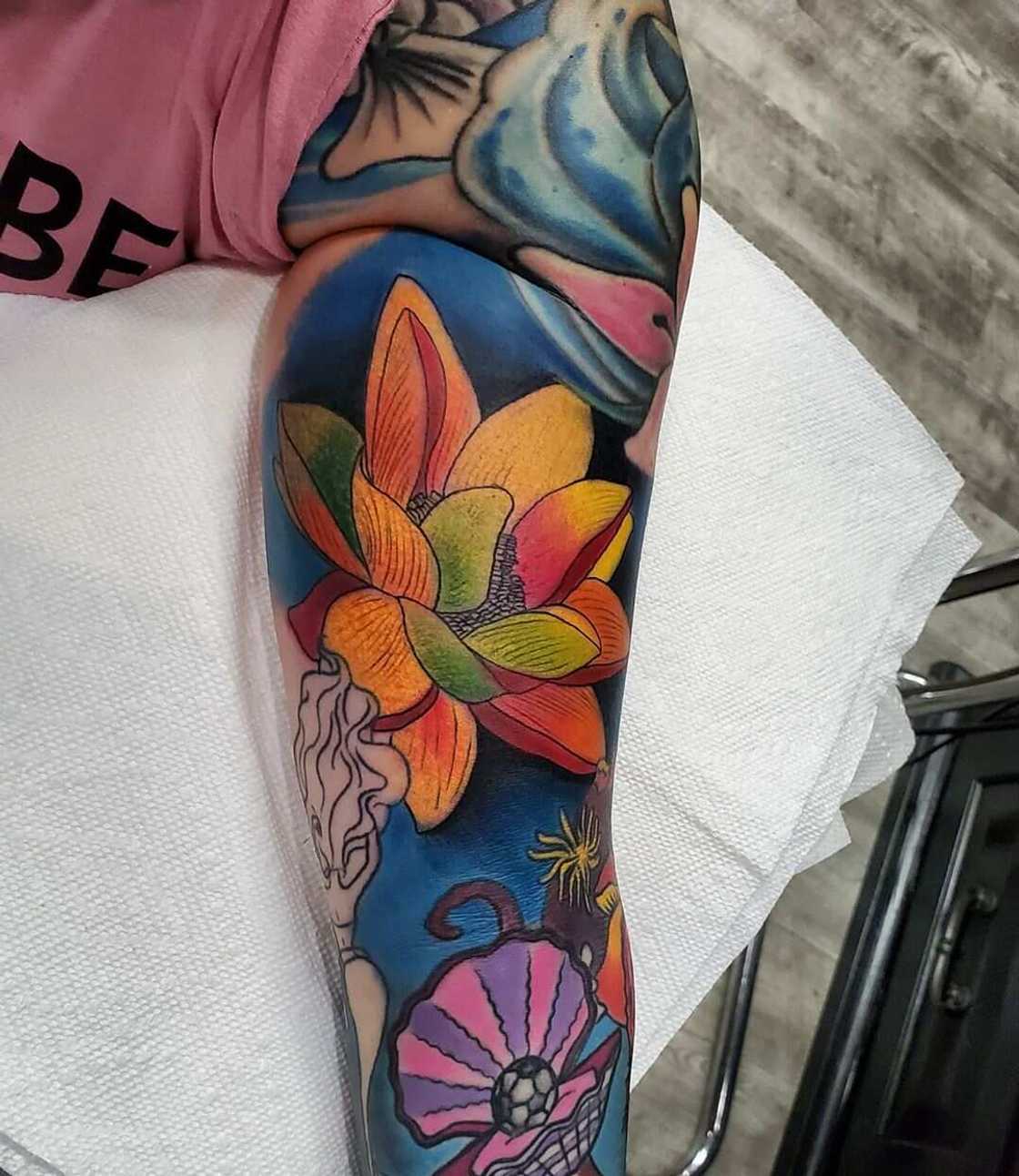
Source: Instagram
The lotus is tightly bound to the Buddhist doctrine. The flower symbolizes the strains of life in the journey to reach its full potential.
The lotus sprouts at the floor of a pond and gradually makes its way to the exterior to bloom. As a result, a blossoming lotus inking shows spiritual revival and the metaphorical ride through the muck of life to a higher sphere of existence.
As the lotus flower grows from the mud into an object of exceptional beauty, people also grow and change into something more beautiful. The symbol thus represents the struggle of life in its most basic form.
14. The maple leaf
Maple leaves are known as momiji in Japanese, and they are symbolic of the passage of time. A maple leaf tattoo depicts people caught in the flow time.
Since the leaves change with seasons, they also depict the cycle of life. It is a potent symbol of regeneration and resurrection as it cycles through the seasons.
Usually, the design often conveys the leaves being carried on the wind or in the water. It can also have canopies of maple leaves floating over shoulders and drifting over the torso.
13. The chrysanthemum

Source: Facebook
The chrysanthemum is a symbol of the Imperial family in Japanese culture. It is a solar flower whose petals radiate outward like flames. It is often portrayed as a symbol of perfection.
The flower's center shows the emperor's social status. The emperor is usually in the middle of all things.
The chrysanthemum tattoo is a symbol of longevity and joy.
In irezumi, which refers to traditional Japanese tattooing, they often appear with other motifs in large, intricate tattoos. Chrysanthemums commonly appear alongside dragons.
In Japan, the Imperial Order of the Chrysanthemum is the highest Order of Chivalry. The country even has a National Chrysanthemum Day, which is also known as the Festival of Happiness.
12. The peony
The peony flower, also known as the botan, depicts wealth, elegance, and prosperity. The flower has large and spreading petals, which are delicately curled at the edges.
Although the peony is beautiful and elegant, it is called the King of Flowers in Japan. It symbolizes masculinity and a devil-may-care attitude.
11. The severed head
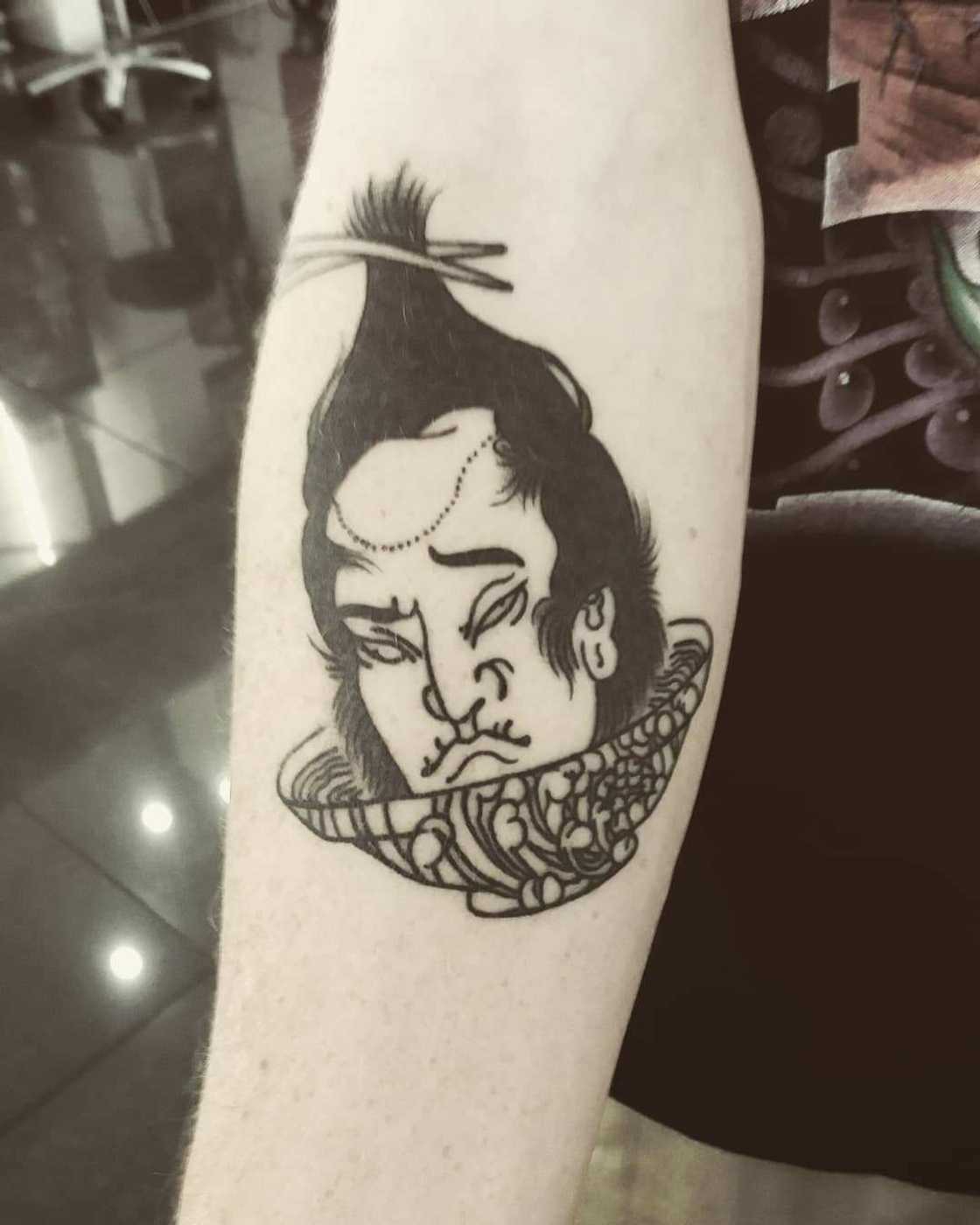
Source: Instagram
The severed head, also known as namakubi, is a sign of courage, fearlessness, and respect for an enemy.
It may also be a warning sign because it invokes the "do not mess with me" attitude. Moreover, it depicts a willingness to accept your fate and with honor.
It can also be used to show others that punishment awaits them if they are not living a truly righteous life. This inking has historical origins in the samurai tradition of headhunting in a battle.
10. The foo dog
Foo dogs are also called the Lions of Buddha, who guard the Buddhist temples. Usually, Japanese temples have statues of foo dogs that are in pairs and are called komainu.
Komainu are lions that resemble fogs. To be precise, they look like lions with pointed ears.
The foo dog tattoo protects against danger and evil. It also indicates a courageous person with heroic aspirations.
Since komainu typically come in pairs, people usually have two foo dogs inked on their bodies.
9. Skulls
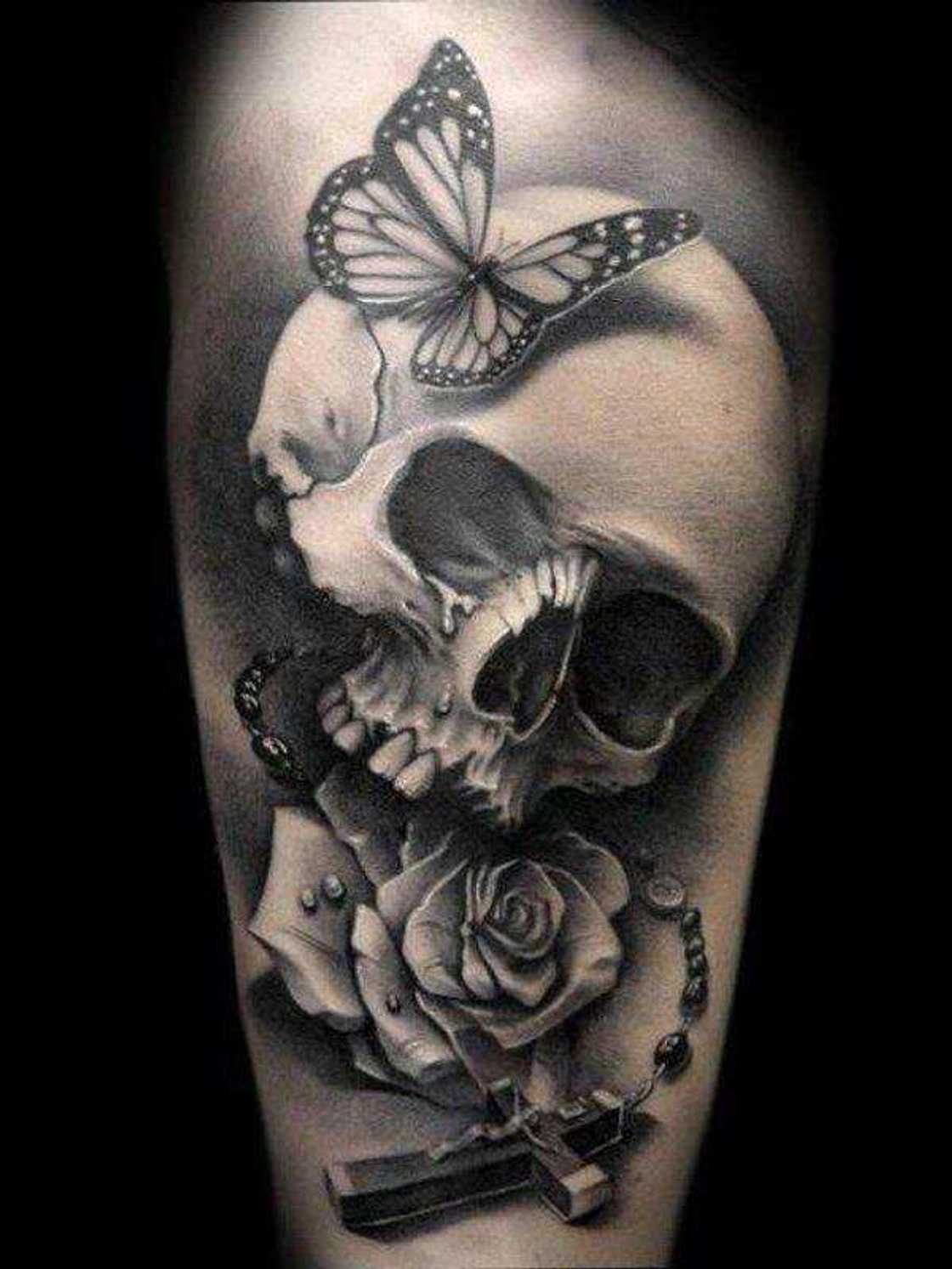
Source: Instagram
Skulls are called zugaikotsu in Japanese. Skulls tattoos depict the cycle of life, change, and respect for their ancestors. Death is the greatest change man can experience.
Since death is an inevitable part of the life cycle, skulls are also symbolic of life itself. Although skulls tend to have a negative connotation, they are intended to be a positive representation of the natural life cycle in Japanese culture.
NB: Unfortunately, a majority of people today do not understand the true meaning of the skull inking. When they see it, they automatically relate it to negativity. For this reason, find out more about it before getting one.
8. The tiger
The tiger is one of the commonly used Yakuza tattoo back motifs. It symbolizes protection from disease, demons, and bad luck in life.
The tiger inking is, therefore, used to ward off evil spirits and bad luck, as well as disease. It also symbolizes long life.
In Japanese folk takes, the tiger represents autumn and is one of the four sacred animals that can control wind and shows strength and courage.
7. Oni mask
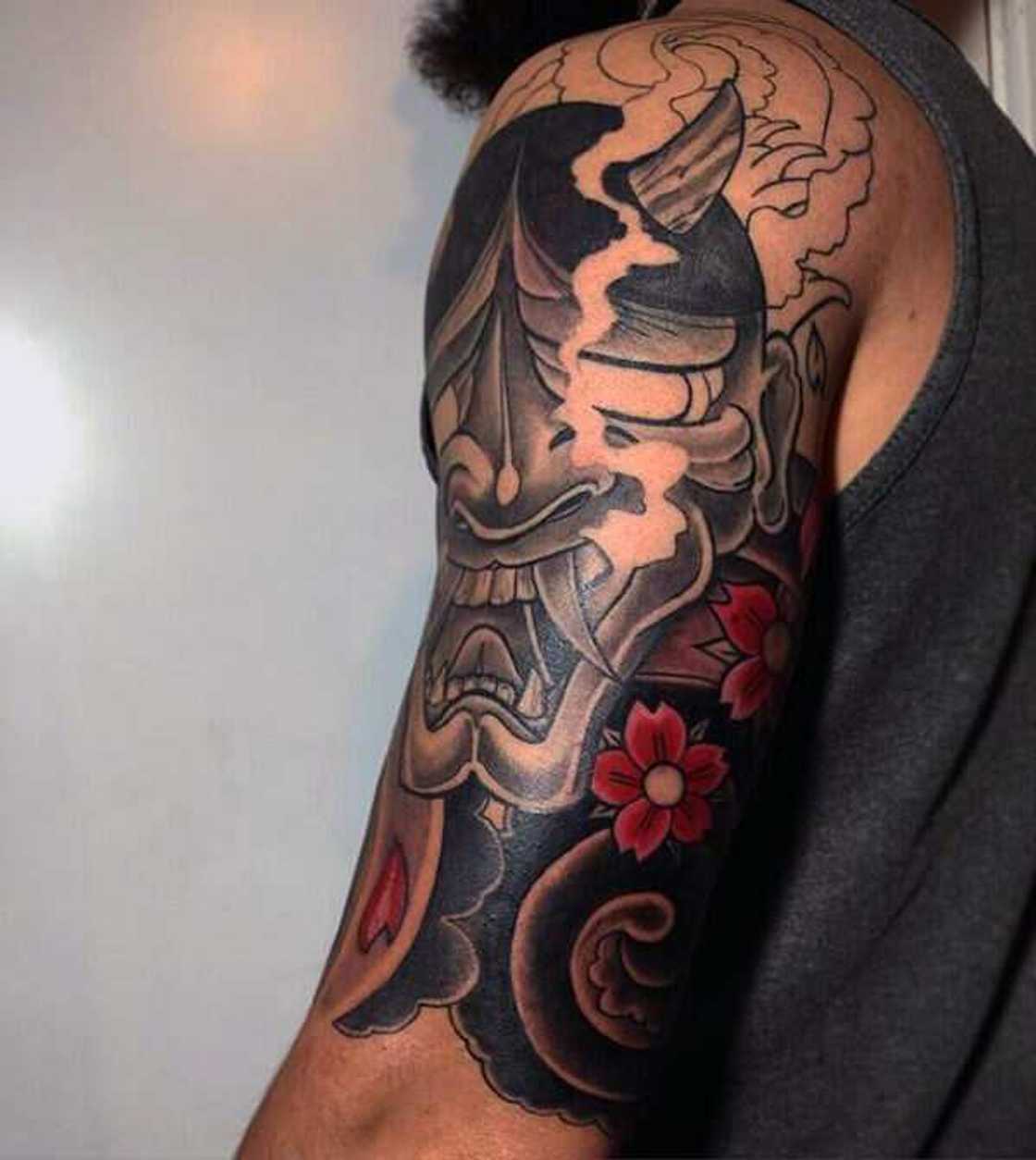
Source: Instagram
Oni are demons that issue harsh punishments to the wicked people. They are tall and terrifying and are often depicted with red or blue skin, wild white hair, and tusks.
They also carry big spiked clubs and can change form at will. They can inflict insanity, death, or disease to criminals, and their favorite food is human flesh.
The oni mask inking represents the enforcement of specific behavior codes. Although oni are known for being evil, some are good and are seen as protectors.
6. Cherry blossoms
In Japanese tattoo meanings, cherry blossoms, also known as sakura, symbolize life itself. Cherry blossoms have an ephemeral nature and a very short lifespan, just like human life is.
Once they fall from the tree, the wind and rain scatter them, and they vanish from the earth. Sakura inkings, therefore, represent that life is fleeting but full of color and beauty.
5. The samurai

Source: Facebook
The samurai inking is representative of the code of Bushido, which depicts honor, courage, loyalty, and proper action.
Since the samurai lived each day like it was their last, this design can symbolize the same thing.
It can remind you of how fragile life really is, so you should live every moment like it was your last because none of us is sure of tomorrow.
Samurai tattoos come in a variety of sizes and styles, but most designs are larger due to the detail they contain.
4. The snake
The snake is a Japanese traditional tattoo with several meanings. It is a sign of regenerative power and good health.
Interestingly, many shop owners in Japan today have the image of a snake coiled around a mallet hanging near the entrance of their business. This is to bring good fortune and prosperity.
In Japanese mythology, snakes are associated with the powers of the earth, wisdom, and prophecy. They also symbolize protection from illness and bad luck as well as divine female attributes.
The snake can also depict regeneration, healing, and medicine. In Japanese culture, it is associated with medicinal rites and remedies.
It is also a symbol of good luck and is believed to bring good health.
3. The phoenix
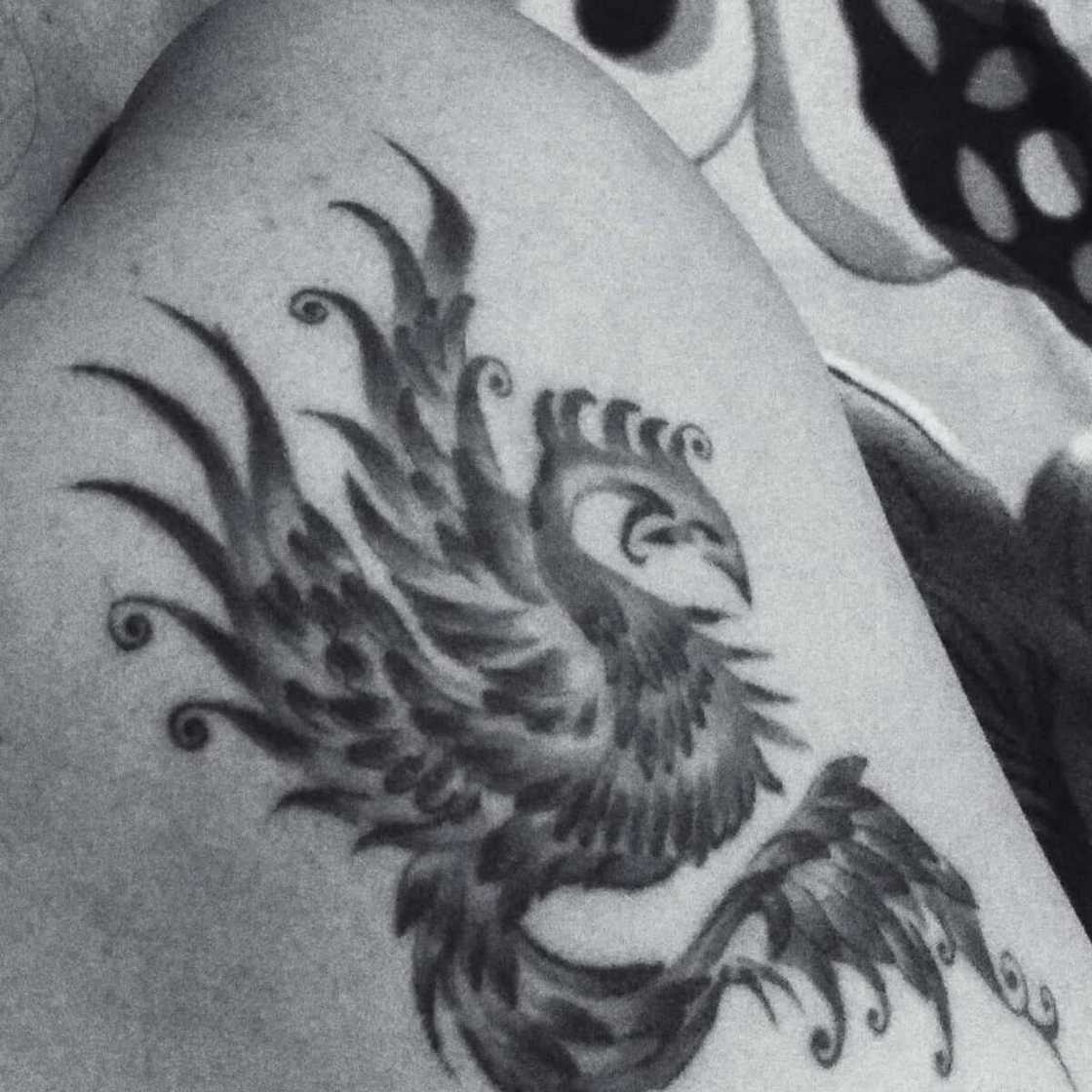
Source: Facebook
The phoenix is a mystical bird that is consumed by fire and reborn from its own ashes. This colorful, fiery bird is perhaps one of the most beautiful tattoo designs, and it is one of the emblems of the Japanese Empire.
Like the story of the phoenix, this traditional Japanese tattoo represents rebirth, triumph, and fire. The rising of the phoenix symbolizes that a person has gone through difficult times but has resurrected and survived.
It also represents the victory of life over death or immortality. It is common, especially in Yakuza tattoo arm motifs.
2. The dragon
This Japanese style tattoo is a sign of bravery, wisdom, and strength. Black dragons symbolize experience and wisdom, while green ones are associated with nature.
Gold dragons represent value and different virtues. The blue ones are gentle, forgiving, and benevolent, while yellow dragons are noble companions.
The Sui, Han, Ri, Fuku, Ka, and Hai are the six dragon variants in Japanese culture. Each has a unique meaning. Ri, for instance, has an extraordinary vision, while Sui is the king of all the dragons.
1. The koi fish
The koi fish is one of the very common Japanese tattoos. It is a symbol of good luck and fortune. In Japanese folk tales, the koi is believed to have the ability to climb waterfalls against powerful currents.
As a result, it represents persistence and perseverance and shows that a person has gone through tough times in life and still made it. This symbolism is commonly linked to the black-colored koi.
On the other hand, the red koi is linked to the kind of love that is strong and masculine. It symbolized the fraternal bond among members of the Yakuza community.
The blue koi is also considered very masculine. It is a sign of reproduction.
Yakuza tattoos were very common in traditional Japanese culture. Today, anyone can get a Yakuza inking, and we hope that you will find your favorite design from the list above.
Source: Legit.ng



